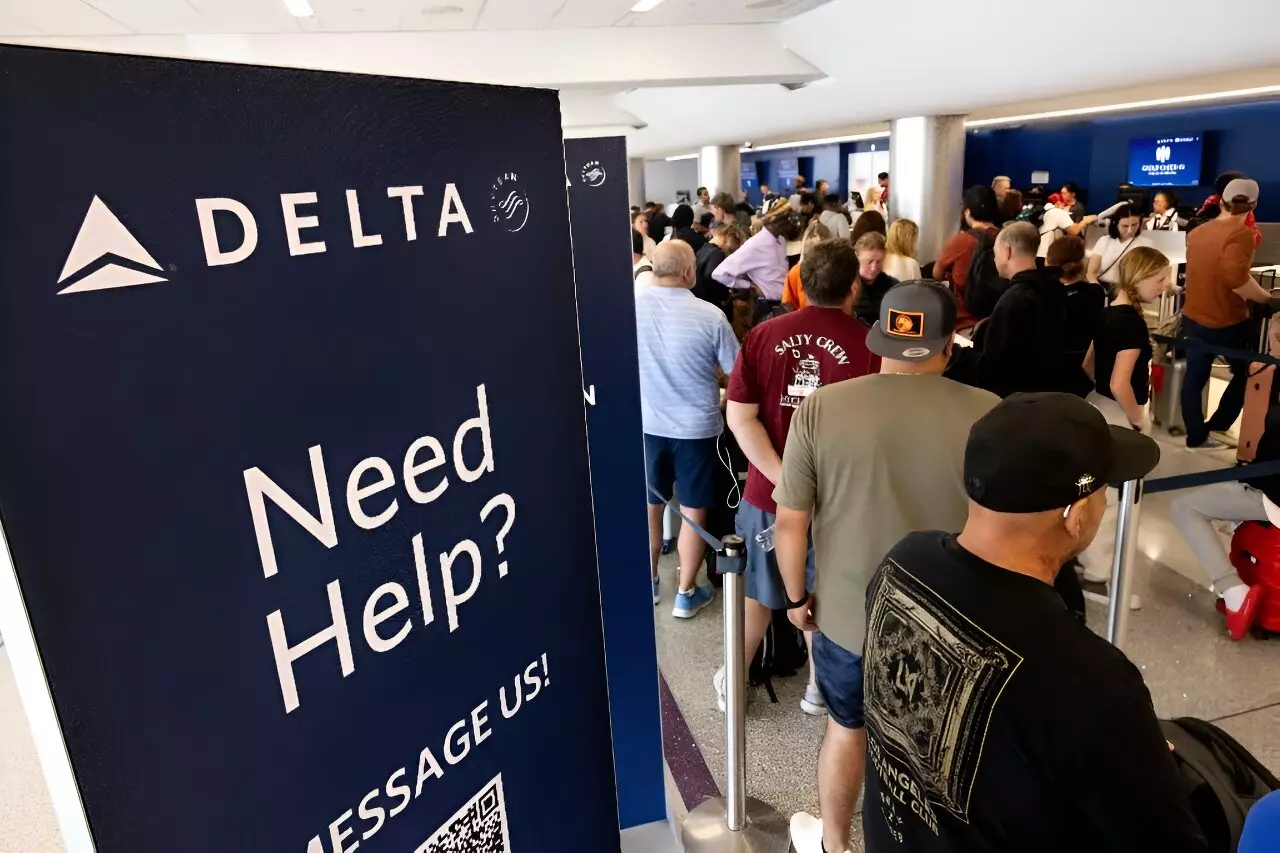Following a significant IT crash that affected airlines, banks, TV channels, and financial institutions due to a faulty software update to an antivirus program operating on Microsoft Windows, a wave of online conspiracy theories flooded social media platforms. These theories ranged from fearmongering about the prospect of “World War III” to false narratives linking global elite to a cyberattack. The prevalence of such misinformation illustrates the new norm of information chaos that ensues following a major world event.
The proliferation of conspiracy theories was particularly prominent on X, the platform formerly known as Twitter and owned by Elon Musk. Users on this platform propagated an apocalyptic narrative suggesting that the world was under attack by a malevolent force. Additionally, an unfounded theory emerged suggesting that the World Economic Forum (WEF) was behind a global cyberattack, utilizing an old video from the WEF’s website to lend credibility to this baseless claim.
Conspiratorial posts using hashtags like “cyber polygon” gained rapid traction, referencing a global training event focused on preparing for potential future cyberattacks. The proliferation of such theories following a major global event like the IT crash highlights the volatile nature of the information ecosystem. During times of uncertainty, social media platforms play a significant role in facilitating the rapid dissemination of content, allowing unfounded theories to gain momentum and reach a global audience.
The prevalence of false narratives and conspiracy theories on social media platforms poses significant challenges in combatting misinformation. With content moderation scaled back on many tech platforms and accounts known for spreading falsehoods being reinstated, users often find themselves amid a sea of misleading posts. The decline in trust in reputable sources contributes to the rapid spread of conspiracies that are perceived as more believable than factual information.
The global outage linked to a bug in an update to an antivirus program for Windows systems from cybersecurity group CrowdStrike resulted in various disruptions. Despite the company’s efforts to address the issue and reassure the public, online conspiracies continued to spread. The technical nature of the problem makes it challenging to combat misinformation with factual rebuttals, as highlighted by experts in the field.
The rise of online conspiracy theories following a major IT crash underscores the need for vigilance in consuming information on social media platforms. As misinformation continues to proliferate and gain momentum online, it is crucial for users to critically evaluate the sources of information and rely on reputable sources for accurate updates. The evolving landscape of information dissemination requires a concerted effort to combat falsehoods and uphold the integrity of factual reporting.


Leave a Reply